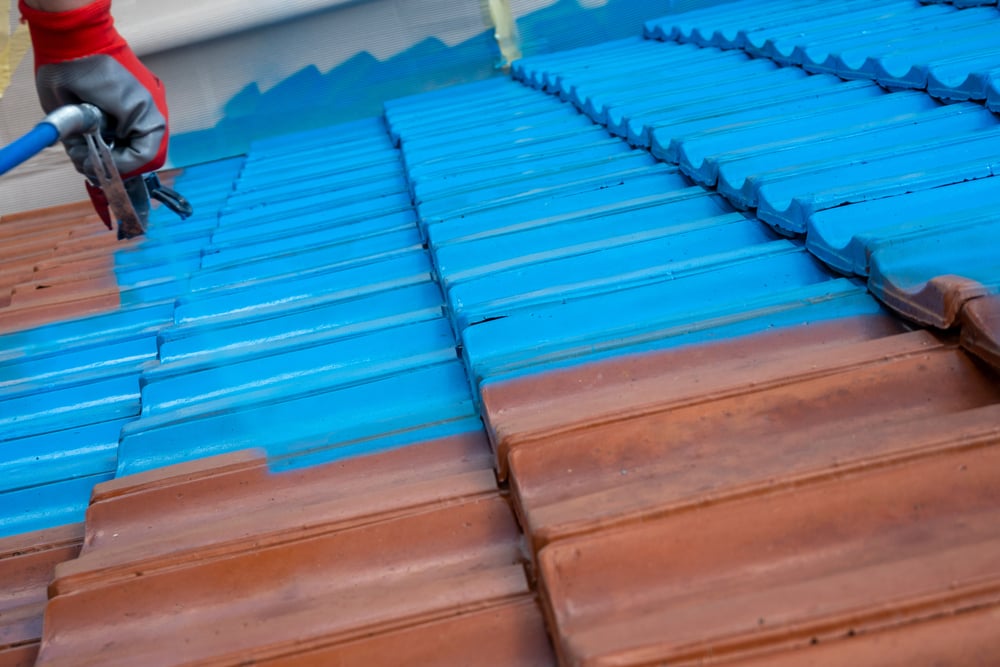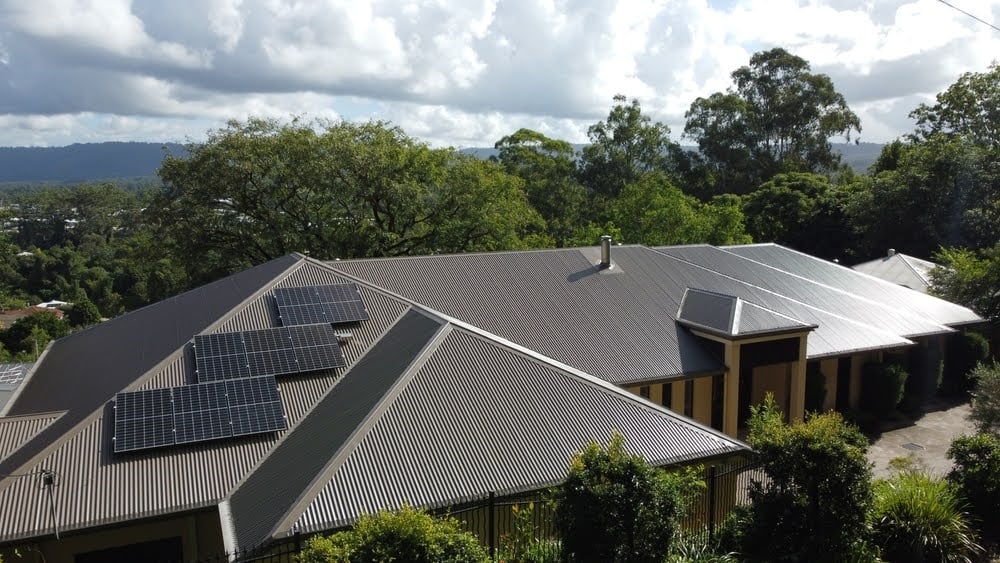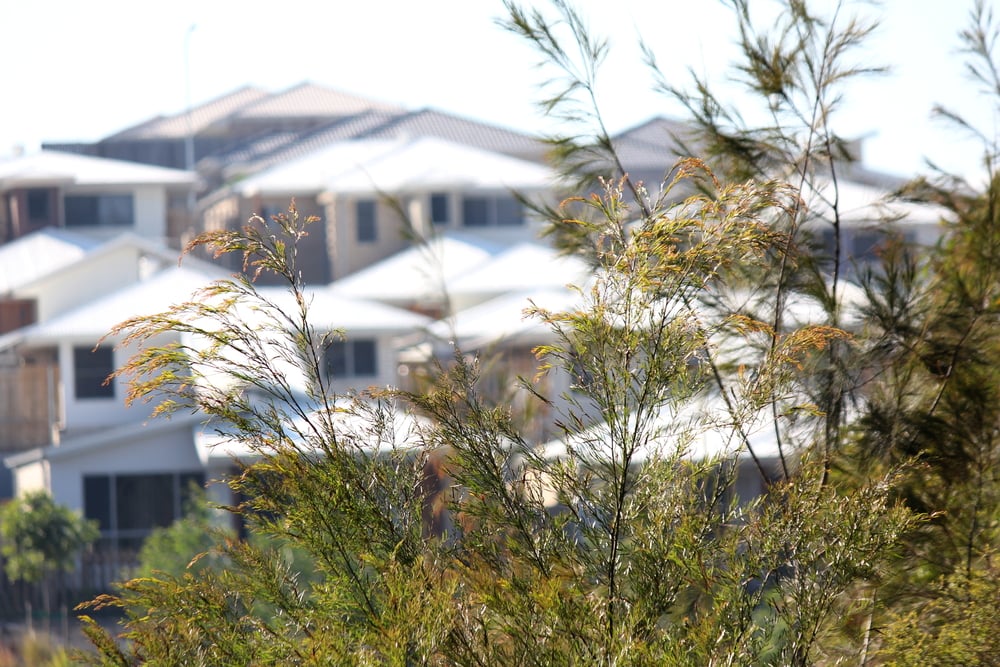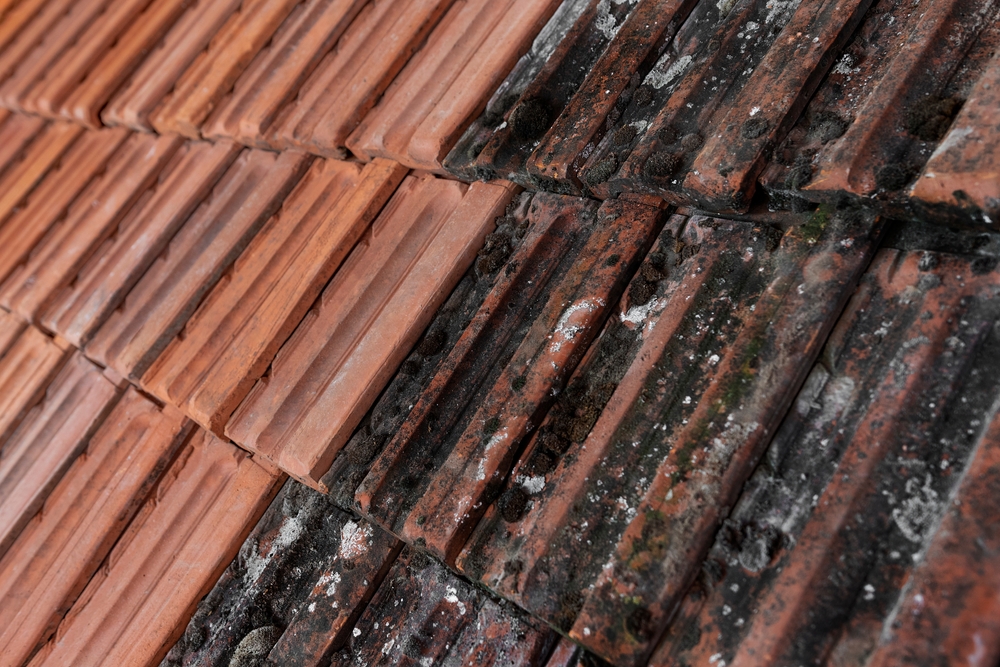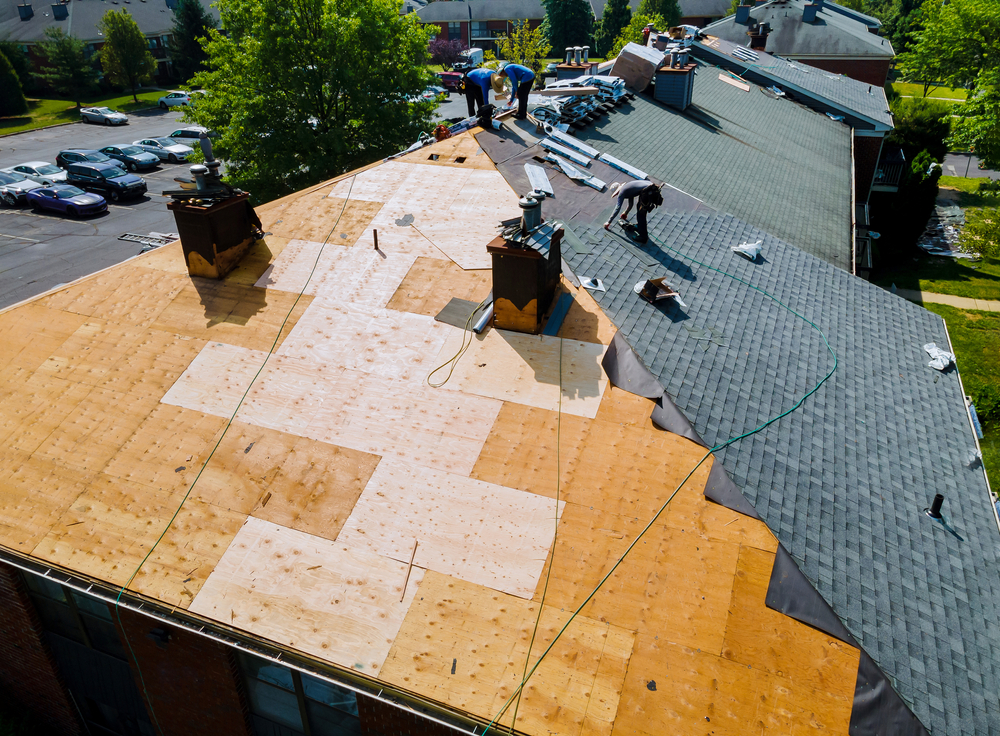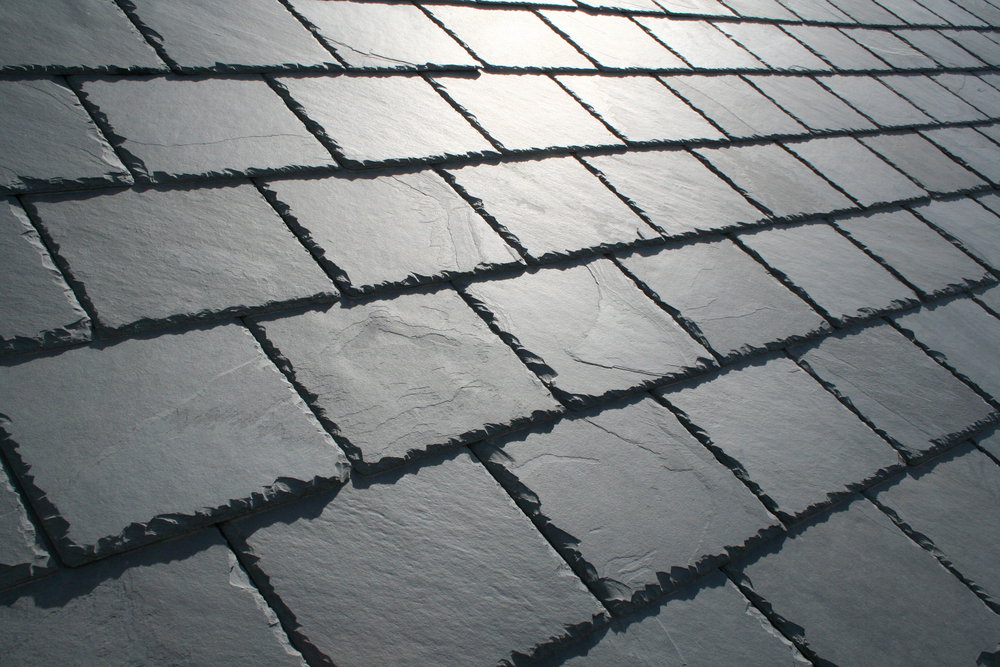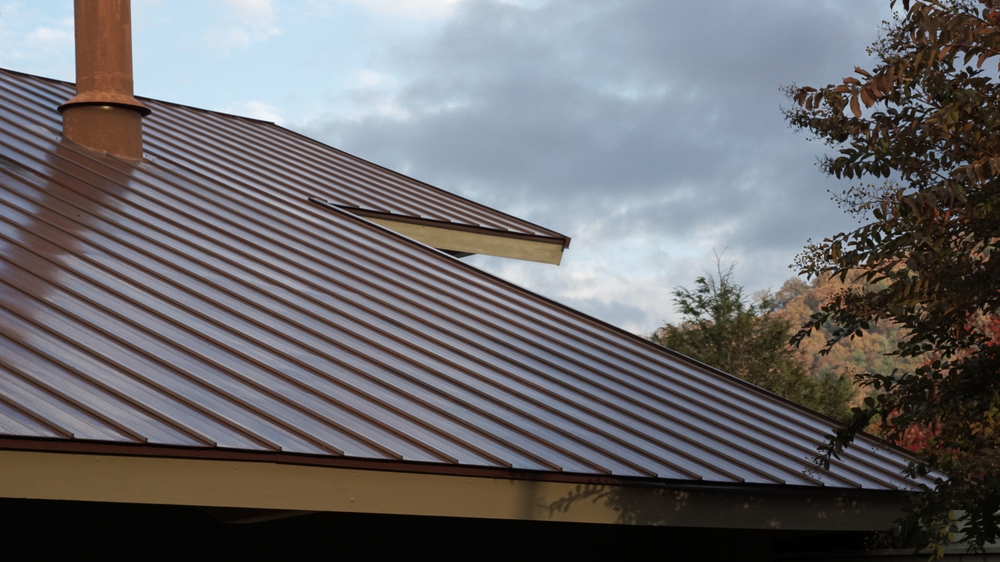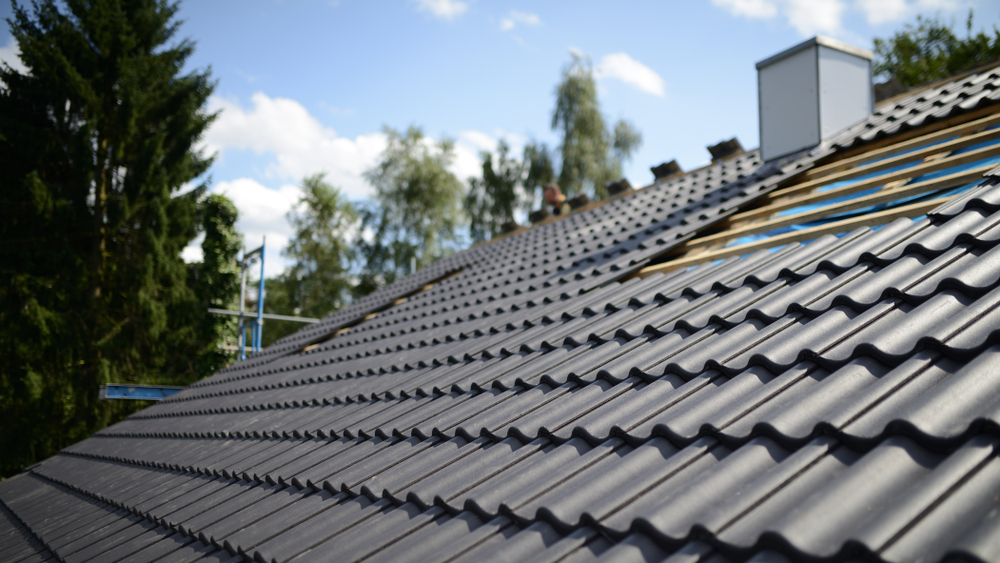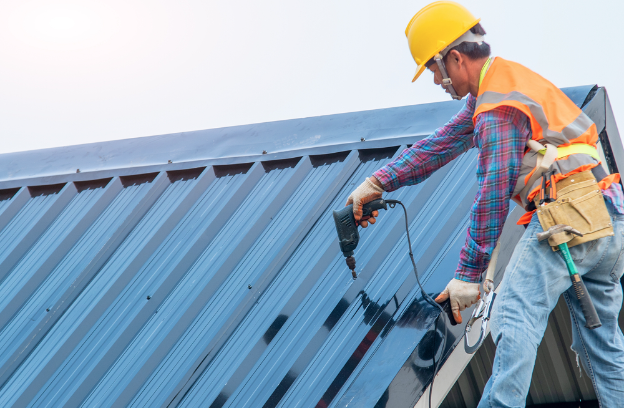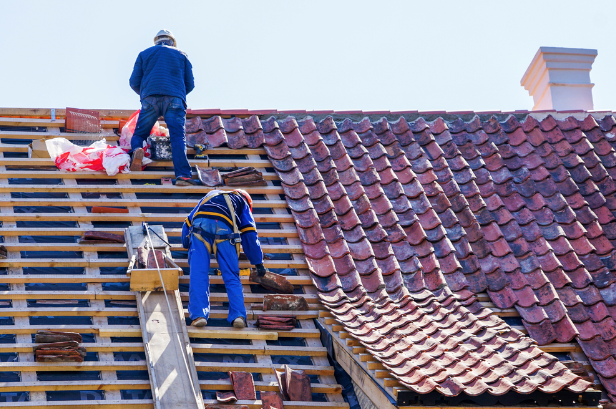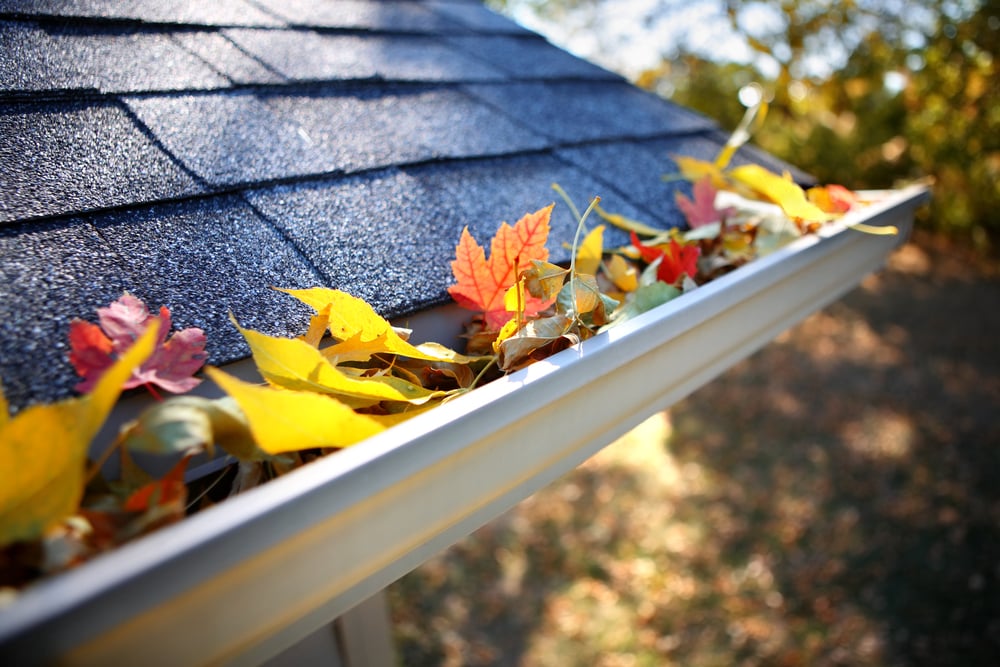
Feb
There's Asbestos In My Home, What Should I Do Next?
If you’ve found that your roof or home contains asbestos materials, there are a few steps you need to take.
Unfortunately, houses built before 1990 in Australia are likely to contain asbestos cement products. While asbestos cement doesn't pose an immediate threat (it is a bonded asbestos material, and not as dangerous as loosely bound asbestos) it can release fibres if the material is disturbed, damaged or has deteriorated over time.
Asbestos is extremely fibrous and the tiny fibres are easily breathed in where they can become trapped in the lungs. This can lead to many health problems, including Mesothelioma, and lung, ovary and larynx cancers. These cancers generally develop around 20 years after exposure, although the symptoms such as shortness of breath and chest tightness, can appear between 10 and 40 years after inhalation.
Even if the asbestos materials in your home are not degrading and are still in good condition, it's a good idea to safely remove them before any damage can be done.
Here's a few things you should do if you believe you have asbestos in your home.
Get it tested
It can be difficult to identify asbestos just by looking at it. The best thing to confirm the presence of asbestos in your home is to get it tested.
The National Association of Testing Authorities (NATA) have listings of analytical laboratories in your area that are accredited to identify asbestos, check out their website www.nata.asn.au.
Before you carry out any general maintenance, renovations or demolition to your roof or home, make sure you get the materials tested.
Keep it contained
If you have found confirmed asbestos materials (or even if you're still uncertain) the safest option is to contain them until they can be removed and disposed of safely. Even the smallest amount of fibres can cause harm, so cover or wrap up materials when you find them and prevent any further damage to them.
Get medical help
The most important thing you should do if exposed to asbestos is to ask for medical assistance as soon as possible. Your doctor will most likely refer you to someone specialising in asbestos-related diseases, and with the help of Medicare it usually covers the cost of these appointments.
Here are some symptoms you should look out for include:
- Shortness of breath – this can include a crackling sound when you inhale
- Fever
- Tight sensations in the chest
- Wheezing and dry coughs
- Loss of appetite
- Muscle weakness
- Fatigue
- Anaemia
- Coughing up mucus
- Shaking chills or symptoms like pneumonia
- Enlarged fingertips or nail deformities
Remember, many asbestos related illnesses take decades to develop, so even if you were exposed a long time ago, you should still have regular check-ups and look out for any symptoms.
Get help from asbestos professionals
If asbestos is confirmed or even suspected, then the only way to tackle it is by hiring licenced professionals to remove and dispose of the materials. At Roo Roofing, we can inspect the property, and identify areas where asbestos is present. We have years of knowledge and experience removing asbestos and are fully licensed to handle and remove it from your roof.
If you suspect you have asbestos in your roof or home, get in touch with us today.










